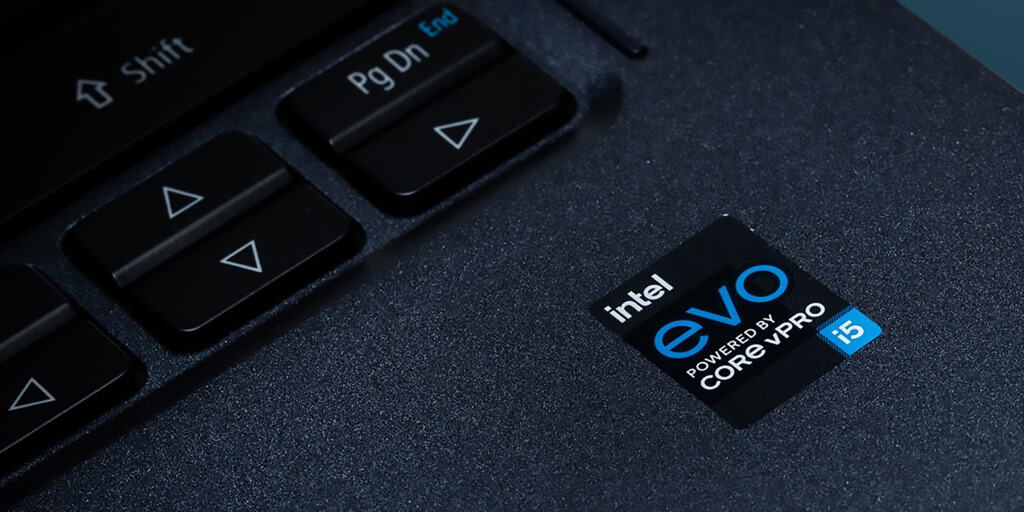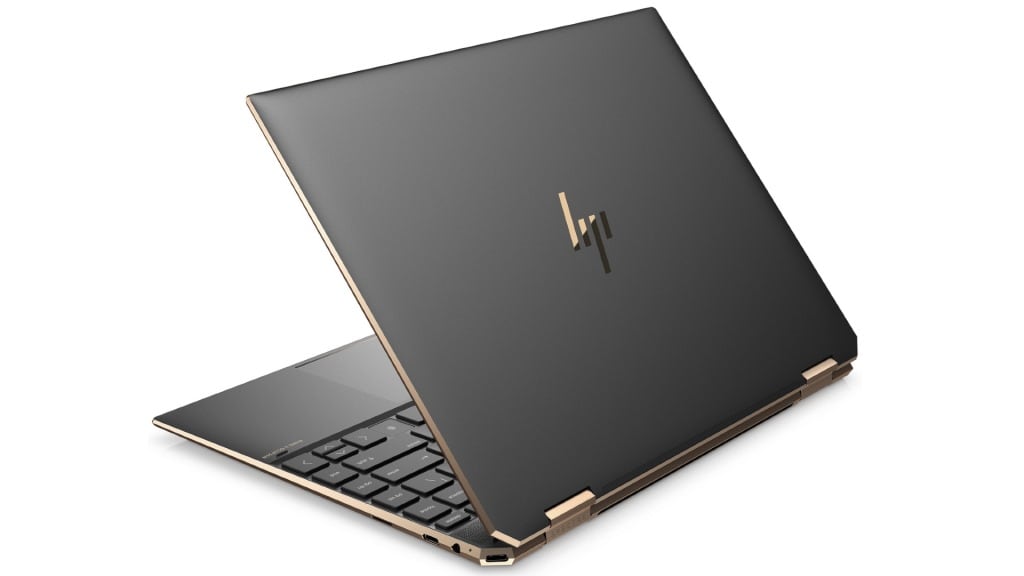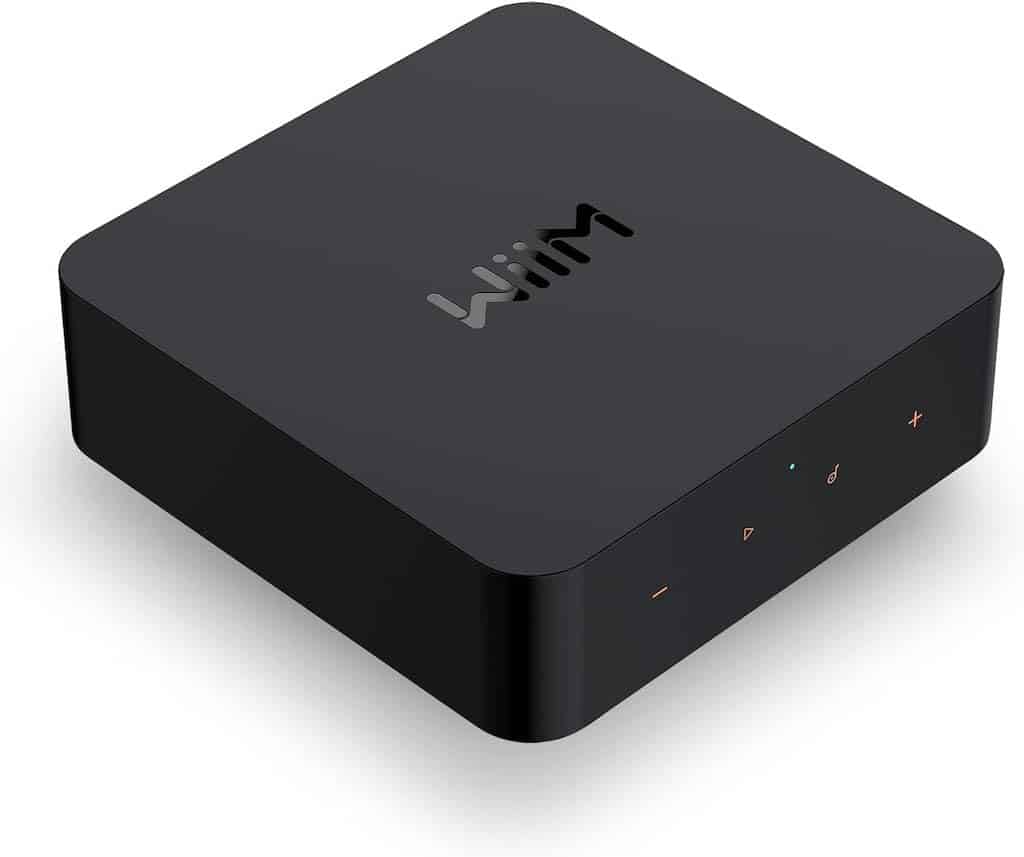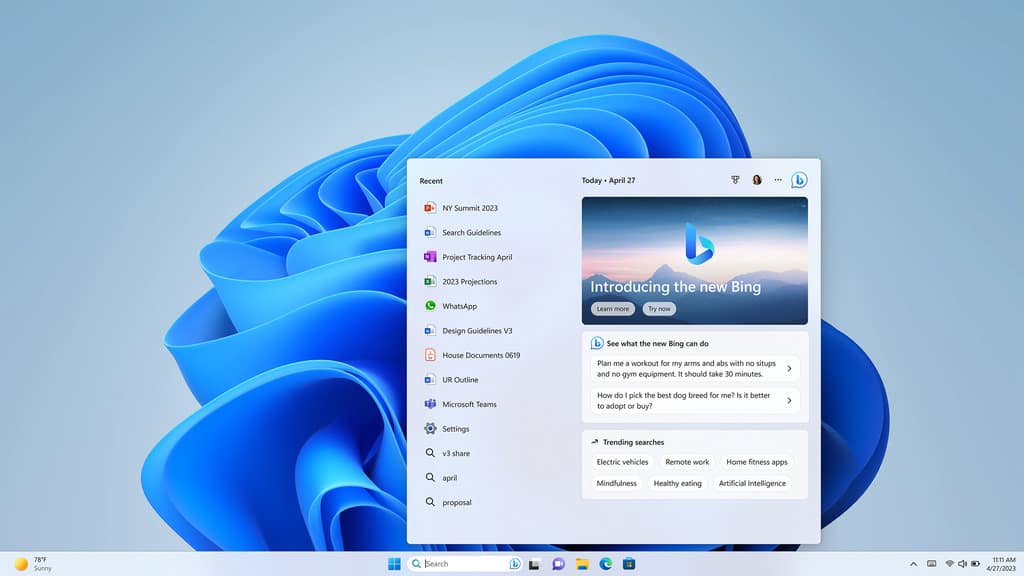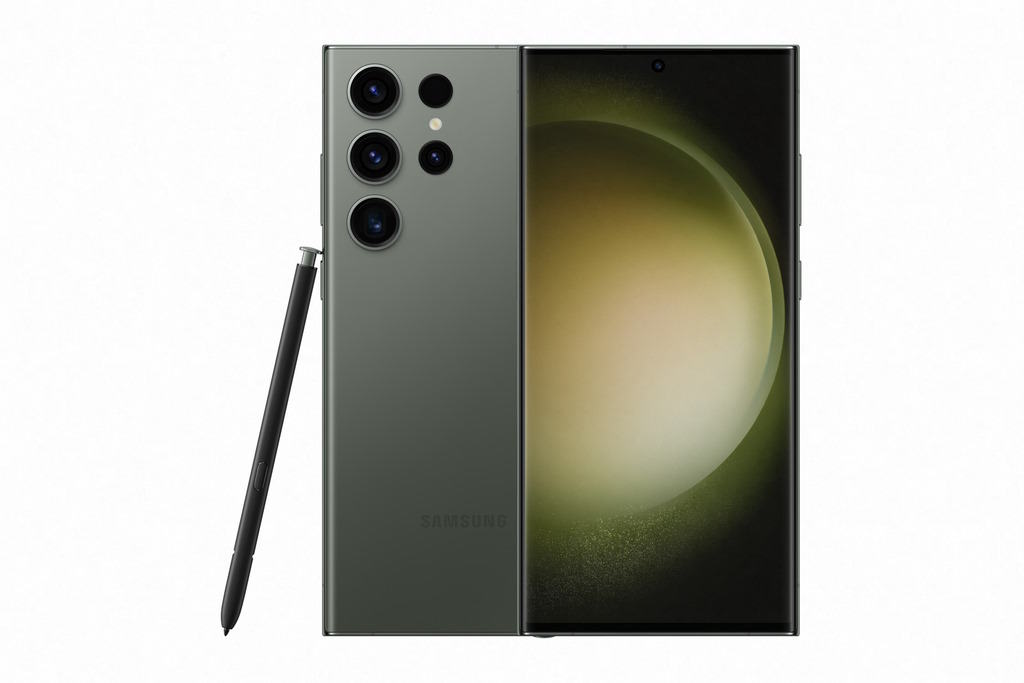Intel’s new Evo categorisation can be hard to get your head around, but here’s PAT PILCHER to explain it all in simple terms.
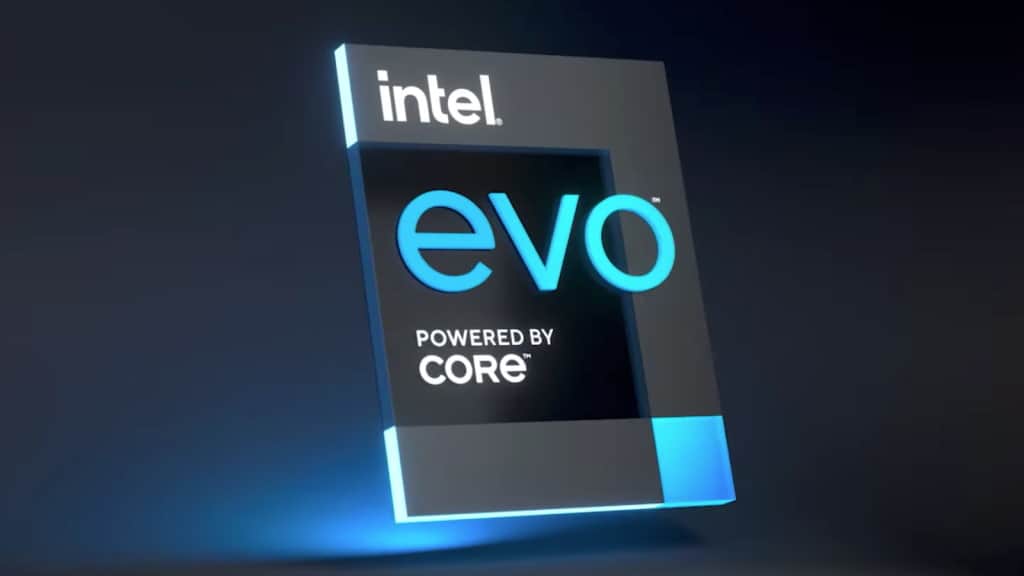 A while back, Intel began discussing a new premium notebook PC specification. This isn’t breaking news, as Intel had previously had the ultra-book laptop specification. This new refreshed category is a lot like the ultrabooks of old, but with 2022 spit and polish, and is known as “Evo” – not to be confused with the insanely fast cars by Mitsubishi.
A while back, Intel began discussing a new premium notebook PC specification. This isn’t breaking news, as Intel had previously had the ultra-book laptop specification. This new refreshed category is a lot like the ultrabooks of old, but with 2022 spit and polish, and is known as “Evo” – not to be confused with the insanely fast cars by Mitsubishi.
So just what is all the fuss about with this Evo thingy, anyways?
To be Intel Evo compliant, a notebook PC has to offer supercharged performance, extremely lightweight design and stonking great battery life.
Notebook PC manufacturers must submit hardware they want to be EVO compliant to Intel. Once there, it undergoes rigorous testing before they are allowed to get anywhere near an Evo moniker on the box.
Unlike the hyped ultrabook category, Intel has bizarrely kept the whole Evo thing fairly quiet over the last two years. That’s hopefully about to change now that Intel has announced the 12th-gen Alder Lake CPUs at CES. Here’s the secret sauce that makes the Evo spec tick.
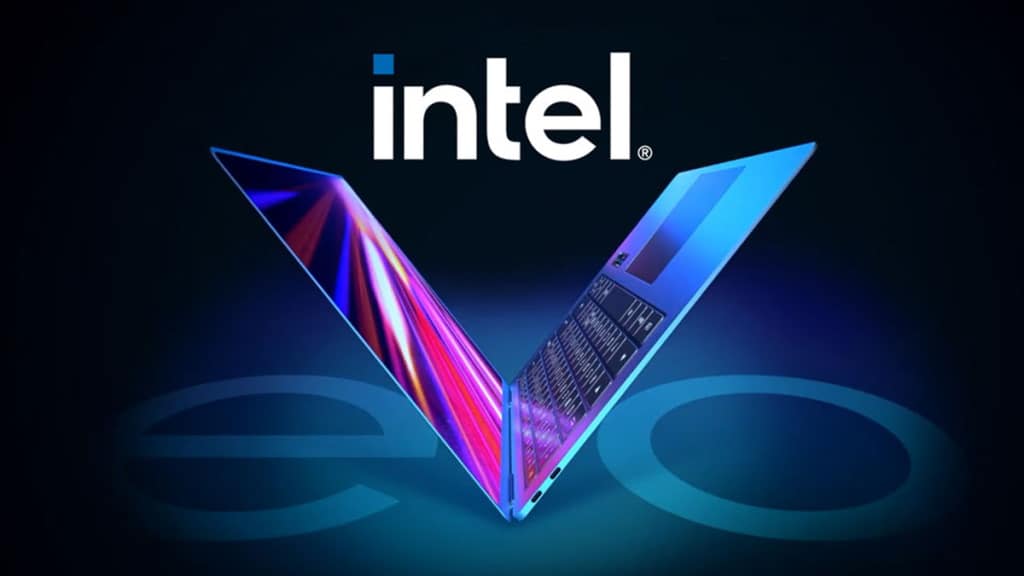 Evo’s super strict entry requirements mean that it is highly coveted amongst laptop makers. As you’d expect with an Intel standard, all Evo gear must pack Intel’s latest 12th-gen Alder Lake CPUs under the hood. We’re not just talking about any old 12th-gen Intel silicon, either. Evo notebooks must use Intel’s high-end H series CPUs. In practice, this should translate into impressive performance, solid energy efficiency and, most importantly, battery life.
Evo’s super strict entry requirements mean that it is highly coveted amongst laptop makers. As you’d expect with an Intel standard, all Evo gear must pack Intel’s latest 12th-gen Alder Lake CPUs under the hood. We’re not just talking about any old 12th-gen Intel silicon, either. Evo notebooks must use Intel’s high-end H series CPUs. In practice, this should translate into impressive performance, solid energy efficiency and, most importantly, battery life.
Since the Evo spec is notebook PC-specific, battery life matters. To this end, Intel Evo laptops have to offer, at minimum, a whopping nine hours of battery life from a single charge. That alone makes the Evo spec worth taking notice of.
The Evo spec could be clearer when it comes to displays. Intel doesn’t have a required screen resolution specified for Evo compliance. That said, virtually all Evo laptops pack at least a Full HD display. Most Evo gear also sports super thin bezels. Still, again, there doesn’t appear to be any specific screen-to-body ratio in the Evo spec.
 They may need to run for nine hours, which is enough for most medium-haul flights, but this doesn’t translate into Evo notebooks weighing like a pile of bricks. In fact, Evo gear must be super lightweight. To meet the spec, they’ve got to weigh less than 1.5kg. From the bottom of my chiropractor’s heart and my wallet, thank you Intel!
They may need to run for nine hours, which is enough for most medium-haul flights, but this doesn’t translate into Evo notebooks weighing like a pile of bricks. In fact, Evo gear must be super lightweight. To meet the spec, they’ve got to weigh less than 1.5kg. From the bottom of my chiropractor’s heart and my wallet, thank you Intel!
Performance-wise, the Evo spec also has some tough demands. Evo laptops must be able to wake from a sleep state in under a second. The Evo’s need for speed extends beyond the CPU, too. They must have Thunderbolt 4 and Wi-Fi 6E, both of which run like the digital equivalent of greased lightning. As you’d expect, all of this translates into Evo gear being priced at the premium end of the market.

